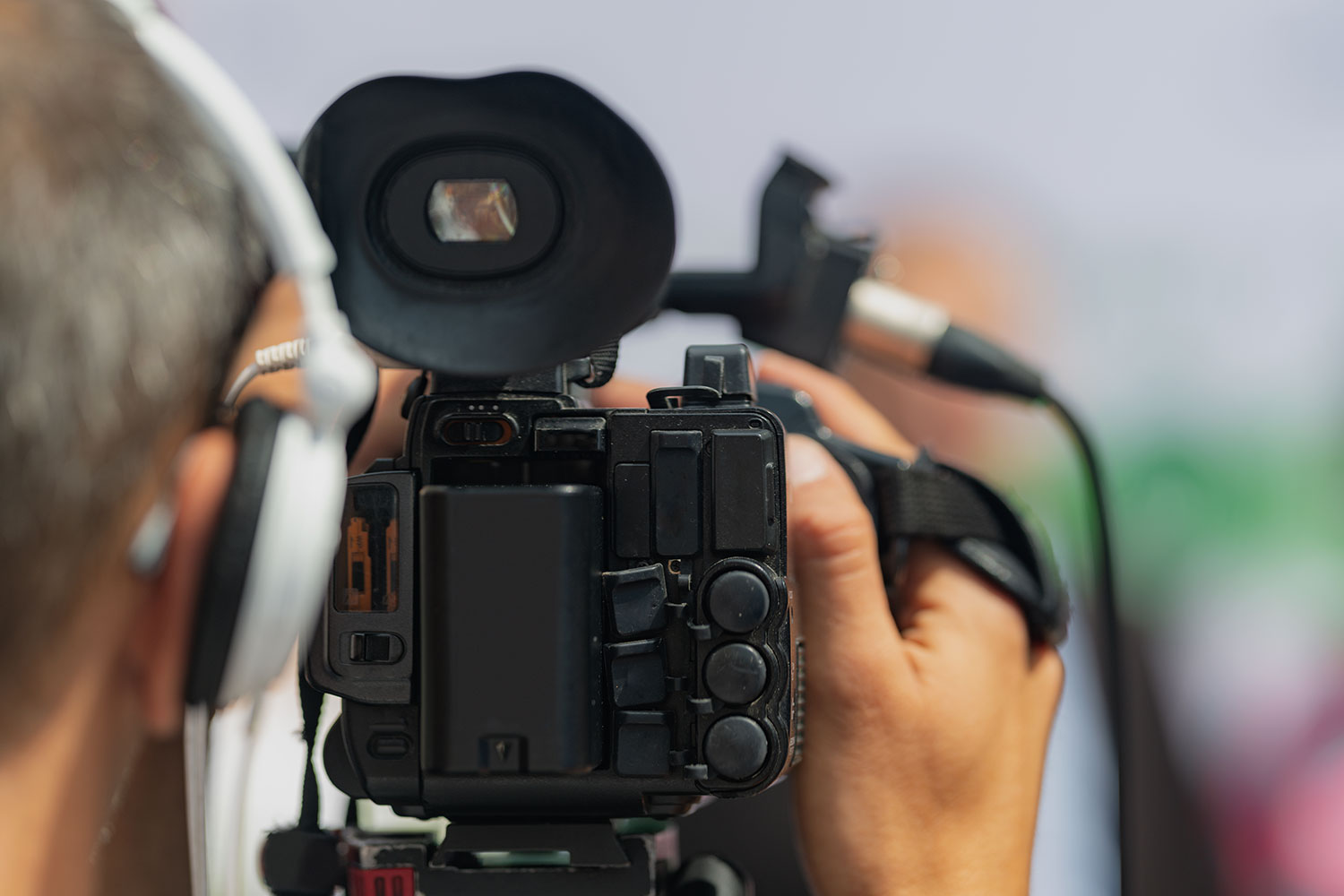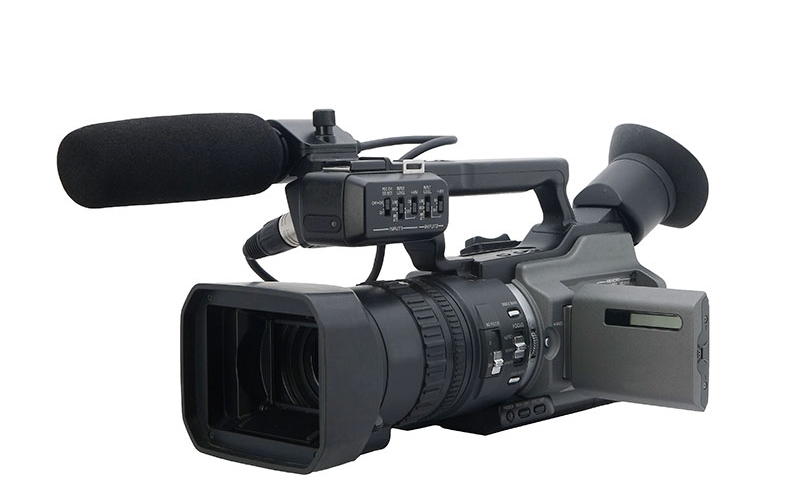Looking Into the Devices of Legal Videography: Introduction Its Procedure in Safeguarding Genuine Aesthetic Statement for Judicial Proceedings
In the realm of judicial proceedings, the function of lawful videography stands as a keystone in protecting and offering aesthetic evidence. As technology continues to advance, the mechanisms behind lawful videography have ended up being increasingly intricate, supplying a vital layer of credibility to testimonies recorded on video. By diving into the functional complexities of legal videography, one can uncover the precise processes that safeguard the honesty of visual evidence presented in courtrooms - Legal Videography. This expedition not just sheds light on the historic advancement of lawful videography but also hints at the future trends that may additionally reinvent exactly how visual testimonies are upheld in the world of justice.
Historical Development of Lawful Videography
Taking a look at the historic development of lawful videography exposes a significant improvement in the capturing and presentation of visual proof within the legal landscape. In the past, lawful procedures heavily counted on written pictures and records to document occasions and offer evidence. With the introduction of video modern technology, the lawful industry witnessed a paradigm change in how visual testament was caught and offered.
The advancement of legal videography can be mapped back to the late 20th century when advancements in video recording equipment made it much more available for usage in courts. This technical innovation not only boosted the precision and integrity of aesthetic proof however also changed the means instances existed to courts and judges (Legal Videography). Attorneys began to recognize the influential power of video clip recordings in conveying emotions, subtleties, and non-verbal signs that created photos or transcripts alone could not capture effectively

Innovation Improvements in Video Clip Documents
What key technical innovations have changed video documentation in the legal area? The legal field has seen considerable developments in video clip paperwork modern technology that have actually boosted the authenticity and reliability of aesthetic proof in judicial proceedings. One of the crucial advancements is high-definition (HD) video clip recording abilities, which provide crystal-clear pictures and sharp details that are essential for properly catching statements, faces, and various other aesthetic signs. Furthermore, the integration of timestamping and metadata attributes in video clip paperwork tools has made it possible for accurate documentation of when and where the video clip was taped, making sure the integrity of the proof provided in court.
Additionally, advancements in video file encryption and watermarking technologies have actually strengthened the security and tamper-proof nature of video proof, safeguarding it versus unauthorized changes or tampering. The advent of cloud storage services and remote accessibility capabilities has streamlined the storage space, access, and sharing of video clip proof, facilitating seamless cooperation among lawful specialists and ensuring reliable access to critical visual testimonies when needed. These technical advancements in video documentation have unquestionably changed the legal field, enhancing the precision, reliability, and admissibility of visual proof in judicial procedures.
Function of Legal Videographers in Courtroom Setups
The advancement of video clip paperwork innovation in the lawful field has actually demanded a vital duty for lawful videographers in court settings, making certain the stability and integrity of aesthetic testimonies offered during judicial proceedings. Lawful videographers play an essential role in catching and preserving precise aesthetic proof that can be critical in litigation. Their responsibility extends to establishing equipment, videotaping procedures, and creating premium videos that precisely reflect the occasions in the court room.
In addition, legal videographers commonly function closely with legal teams to make certain that the video evidence lines up with the situation's demands and can be effectively presented in court to support the legal disagreements being made. Overall, the function of legal videographers in court setups is crucial in supporting the concepts of justice and making certain the openness of lawful process. Legal Videography.

Ensuring Admissibility and Integrity of Video Clip Evidence
To preserve the credibility of aesthetic evidence provided in lawful procedures, guaranteeing the admissibility and stability of video clip evidence is a vital responsibility for lawful videographers. Admissibility describes the approval of evidence by the court, and for video proof to be acceptable, it has to satisfy particular criteria. Lawful videographers play an essential function in making certain that the videos they catch abide by the guidelines of evidence, such as importance, integrity, and credibility.
Stability of video clip evidence involves maintaining the creativity and accuracy of the video footage from the moment it visit is taped till it is offered in court. This includes securely storing the video documents, recording the chain of guardianship, and protecting against any kind of tampering or alterations. Lawful videographers have to comply with rigorous methods to ensure the stability of the video clip proof and protect against any kind of obstacles to its authenticity.
Future Trends in Legal Videography
Provided the increasing reliance on technology in lawful process, go to the website legal videographers are poised to embrace cutting-edge innovations shaping the future of aesthetic testament capture and discussion. One of the prominent fads imminent is the combination of online fact (VIRTUAL REALITY) and enhanced truth (AR) modern technologies into lawful videography. These modern technologies have the prospective to change just how visual evidence exists in courtrooms, allowing juries and judges to submerse themselves in the scene of the criminal activity or event.
Furthermore, using fabricated intelligence (AI) formulas for video evaluation is anticipated to enhance the process of assessing and evaluating huge amounts of video footage. AI can aid in identifying vital moments, abnormalities, and patterns within videos, boosting the effectiveness of lawful investigations.

Final Thought
In final thought, lawful videography has played a crucial function in offering authentic aesthetic evidence for judicial process. Through technological improvements and the experience of legal videographers, the honesty and admissibility of video proof are made certain in court settings. As look here legal videography remains to develop, it will certainly be necessary to maintain standards that preserve the precision and reliability of visual testament for the future of lawful proceedings.
Analyzing the historical progression of lawful videography reveals a considerable makeover in the capturing and discussion of visual proof within the lawful landscape.The evolution of video paperwork technology in the lawful area has necessitated a critical role for lawful videographers in court room setups, guaranteeing the stability and integrity of visual statements offered throughout judicial proceedings. Additionally, legal videographers often work carefully with legal teams to ensure that the video clip evidence aligns with the situation's demands and can be successfully presented in court to sustain the lawful disagreements being made.To keep the reliability of visual evidence offered in legal process, ensuring the admissibility and integrity of video evidence is an important duty for lawful videographers. As legal videography continues to develop, it will be important to support requirements that keep the precision and integrity of visual testament for the future of lawful proceedings.